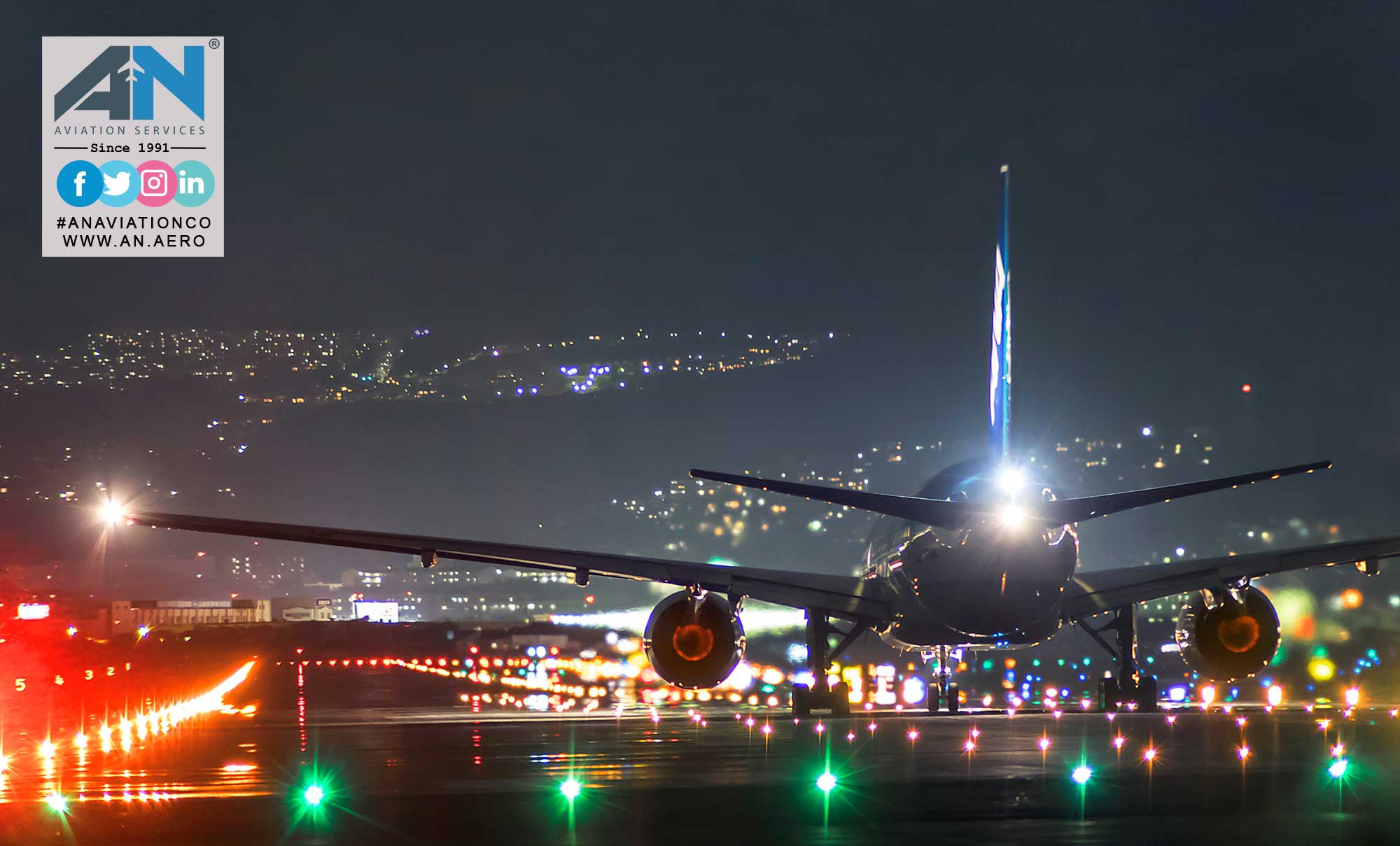

When a single runway cannot provide this coverage, then a crosswind runway may be required. The objective is to find a heading that allows operations more than 95% of the time with a crosswind less than 19.5 km/hr (10.5 knot). Wind heading and speed data is graphically displayed on a Wind Rose, and this tool can be used to determine a runway heading that provides the greatest percentage of time with favorable winds for aircraft operations. Therefore, the ideal orientation of the runway (often referred to as the heading) is determined by analyzing historical wind data (10 years or more) at a location. An aircraft moving directly into the wind has the highest airspeed across the wing, thereby increasing lift, and the least sideways forces on the aircraft. Runways are oriented to provide the best conditions for an aircraft on takeoff and landing. All components should be determined early in the planning process to avoid unexpected challenges or constraints later in the design development. There are many different factors that impact runway design and are dependent on many different data inputs. The protected areas are defined by what are known as "imaginary surfaces." These are generally planar or conical surfaces in the air, defined by a length, width, and slope up to a specified elevation. Not only must objects be restricted from close proximity to the runway surface, the airspace surrounding a runway must also be protected from development that encroaches on the airspace needed for safe aircraft operations. In addition to the runway pavement surface, there are many ground surface areas immediately surrounding the runway that improve safety for the operating aircraft by limiting the risk of damage should an aircraft accidentally depart from the runway surface. Taxiways connect directly to runways, most often at the runway ends. Taxiways are used by aircraft to enter and exit a runway and transit to an aircraft parking position.

It should be noted that civilian runways are classified by a very different system, defined in Federal Aviation Administration Advisory Circular 150/5300-13, Airport Design, with a classification system based on the critical aircraft's wingspan and landing approach speed.įixed-wing runways are usually constructed with a rigid pavement surface (Portland cement concrete) or flexible pavement surface (asphalt cement concrete), but in special cases may be surfaced with compacted soil, aggregates, or segmented aluminum mats, depending on the mission requirements. That classification drives many required construction features of the runway, including length, width, transverse slopes, and longitudinal grades. Each DoD Service classifies fixed-wing runways into two primary categories-Class A or Class B-depending primarily on the type(s) of aircraft using the runway.


 0 kommentar(er)
0 kommentar(er)
